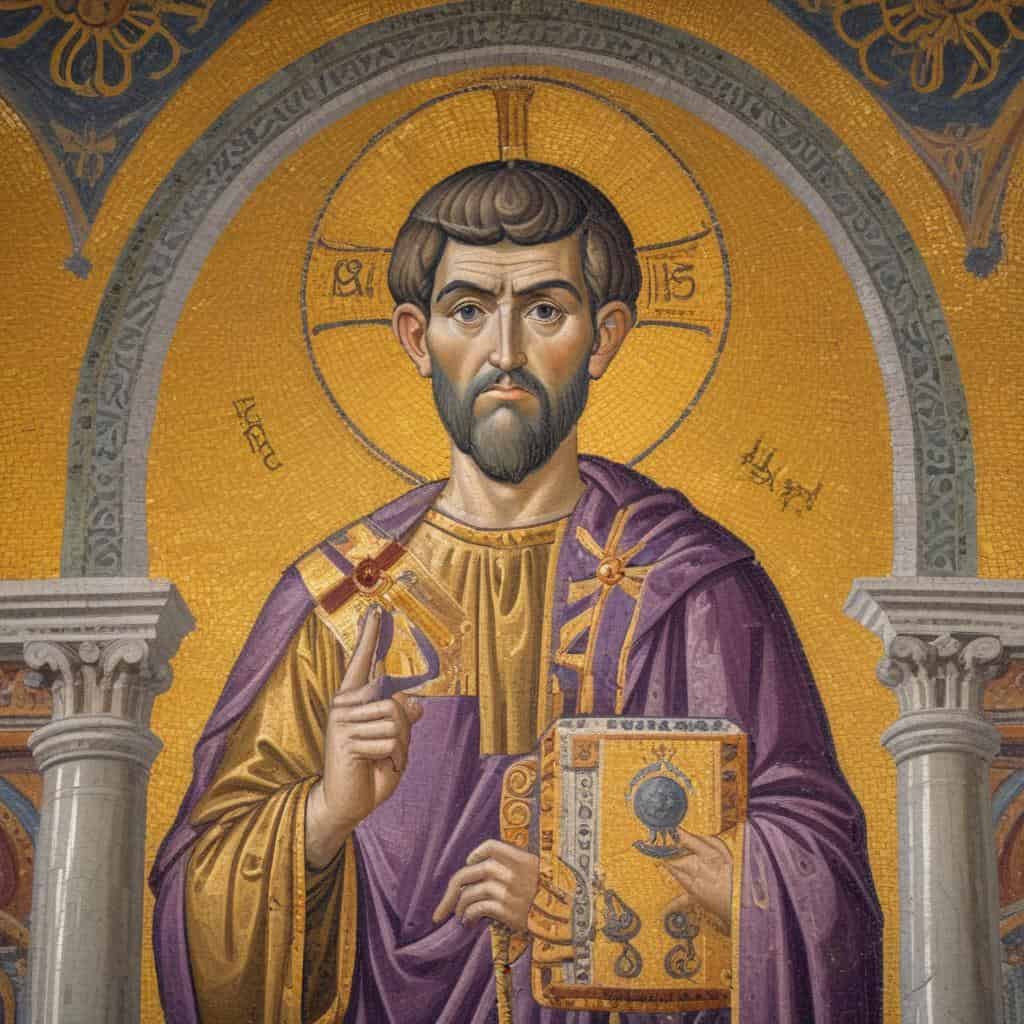Throughout history, the Byzantine Empire has been home to several powerful dynasties that shaped its course. These dynasties were known for their military prowess, political acumen, and cultural achievements. This listicle will explore the five most potent ones.
From the founding of the Byzantine Empire in the 4th century AD to its fall in the 15th century, these bloodlines ruled over vast territories and faced numerous challenges. They left a lasting impact on the empire and played a crucial role in shaping its identity. Each dynasty brought its unique strengths and weaknesses to the throne, leaving behind a rich legacy that continues to be studied and admired today.
Explore the complete history of the Byzantine Empire.
Byzantine Dynasties
1. The Macedonians
The Macedonian Dynasty was one of the most potent Byzantine houses, ruling from 867 to 1056 AD. Under their rule, the Byzantine Empire experienced a period of cultural and military revival, expanding its territories and influence in the region. Emperors like Basil II, known as the “Bulgar-Slayer,” were able to conquer new lands and strengthen the empire’s defenses.
2. The Komnenos
The Komnenos Dynasty ruled from 1081 to 1185 AD and is known for its military prowess and successful campaigns against the Seljuk Turks and Normans. Emperors like Alexios I Komnenos restored stability and prosperity to the Byzantine Empire after a period of decline. The Komnenos also promoted the arts and education, leaving a lasting impact on Byzantine culture.
3. The Heraclian
The Heraclian Dynasty ruled from 610 to 711 AD, saving the Byzantine Empire from collapse during the Arab invasions. Emperor Heraclius defeated the Sassanid Persians and reorganized the empire’s administration and military. Despite facing many challenges, they were able to preserve the Byzantine Empire and lay the foundation for the future.
4. The Palaiologos
The Palaiologos ruled from 1261 to 1453 AD and are known for being the last ruling dynasty of the Byzantine Empire. Emperors like Michael VIII Palaiologos could reclaim Constantinople from the Latin Empire and restore the Byzantine rule in the city. However, it faced constant threats from the Ottoman Turks and ultimately fell with the fall of Constantinople in 1453.
5. The Isaurian
The Isaurian Dynasty ruled from 717 to 802 AD and is known for successfully defending the Byzantine Empire against the Arab invasions. Emperor Leo III implemented necessary military and administrative reforms, including the iconoclastic controversy. Despite internal and external threats, the Byzantine Empire maintained its stability and integrity during a turbulent period.
Conclusion
Throughout history, the Byzantine Empire was ruled by several powerful lineages that shaped its course. From its founding in the 4th century to its fall in the 15th century, these groups left a lasting impact on the Byzantine world.
Each of these played a crucial role in the development and expansion of the Byzantine Empire, leaving behind a legacy that would influence the course of history for centuries to come. From military conquests to political intrigue, they navigated the complexities of Byzantine politics and society with skill and determination.



